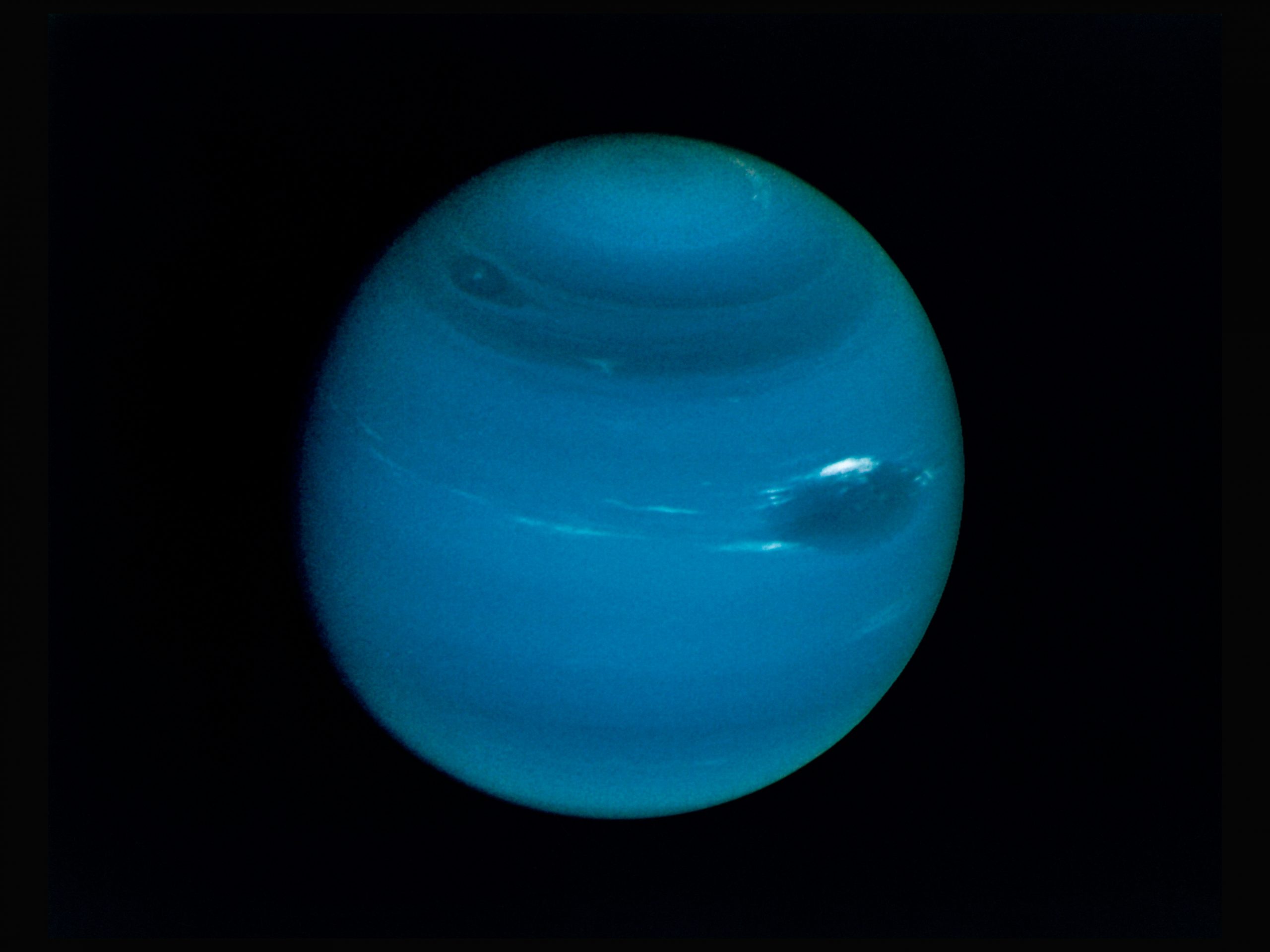In a pioneering move that signifies a remarkable leap towards sustainable space technology, Japanese researchers have successfully created the world’s first wooden satellite, LignoSat. This innovative project, a collaboration between Kyoto University and Sumitomo Forestry, aims to reduce space debris and promote the use of environmentally friendly materials in the space industry. The launch of LignoSat marks a pivotal moment in the evolution of space technology, reflecting a growing emphasis on sustainability and environmental responsibility.
The Genesis of LignoSat
The LignoSat project emerged from a unique collaboration between academia and industry, blending the scientific expertise of Kyoto University with the engineering prowess of Sumitomo Forestry. The initiative aims to address the pressing issue of space debris, which has become a significant concern for space agencies and researchers worldwide. According to the European Space Agency (ESA), there are over 34,000 objects larger than 10 centimeters orbiting Earth, posing a collision risk to satellites and other spacecraft.
The idea of using wood for spacecraft construction is not only innovative but also rooted in practicality. Wood is abundant, lightweight, and has a low coefficient of thermal expansion, making it an ideal material for space applications. Moreover, it burns up completely upon re-entry into the Earth’s atmosphere, leaving no debris behind. The development of LignoSat is a testament to the potential of interdisciplinary collaboration in addressing global challenges.
Engineering the Wooden Satellite
The engineering process behind LignoSat was meticulous and groundbreaking. Researchers selected a specific type of wood known for its durability and resistance to the harsh conditions of space. They treated the wood to withstand extreme temperatures, radiation, and vacuum conditions encountered in space. According to Dr. Takao Doi, a former astronaut and professor at Kyoto University, the wooden satellite underwent rigorous testing to ensure its viability for space missions.
One of the critical challenges was ensuring that the wood could protect the satellite’s internal components from space radiation. Researchers addressed this by applying a special coating to the wood, enhancing its resistance to radiation and preventing degradation. The successful creation of LignoSat demonstrates the potential for using natural materials in advanced technological applications, paving the way for more sustainable innovations in the future.
Launch and Deployment
The LignoSat is set to be launched aboard a Japanese Aerospace Exploration Agency (JAXA) rocket, marking its journey into space. The satellite will be deployed into low Earth orbit (LEO), where it will conduct a series of experiments to test its performance and durability in the space environment. This mission will provide valuable data on the behavior of wooden materials in space, offering insights that could influence the design of future satellites.
The launch of LignoSat is a significant milestone not only for Japan but for the global space community. It highlights the importance of sustainable practices in space exploration and sets a precedent for future missions. As space agencies worldwide grapple with the growing problem of space debris, the successful deployment of a wooden satellite could inspire new approaches to satellite design and construction.
Implications for Space Sustainability
The introduction of LignoSat has far-reaching implications for space sustainability. Space debris, often referred to as “space junk,” poses a severe threat to active satellites and space missions. The debris can cause collisions, leading to the creation of more debris in a cascading effect known as the Kessler Syndrome. Traditional satellites made of metal and other materials contribute to this problem, as they do not burn up completely upon re-entry.
Wooden satellites like LignoSat offer a viable solution to this issue. As they burn up entirely during re-entry, they leave no residual debris, significantly reducing the risk of collisions. This approach aligns with the growing emphasis on sustainability and responsible stewardship of the space environment. The success of LignoSat could pave the way for the development of more eco-friendly satellite technologies, promoting a more sustainable approach to space exploration.
The Future of Sustainable Space Technology
The successful creation and deployment of LignoSat underscore the potential for innovation in the field of sustainable space technology. This project opens up new possibilities for the use of natural and biodegradable materials in space applications. It also highlights the importance of interdisciplinary collaboration in addressing complex global challenges.
Moving forward, the space industry is likely to see an increased focus on sustainability, with more projects aimed at reducing the environmental impact of space missions. For instance, the European Space Agency (ESA) is actively exploring methods to mitigate space debris and promote sustainable practices in space exploration. Similarly, NASA has implemented guidelines to minimize the creation of space debris during missions.
The development of LignoSat is a significant step towards achieving these goals. It serves as a reminder that innovation and sustainability can go hand in hand, offering solutions that benefit both the space industry and the environment. As we continue to explore the cosmos, initiatives like LignoSat will play a crucial role in ensuring that our activities in space are conducted responsibly and sustainably.
Conclusion
The launch of LignoSat represents a groundbreaking achievement in the field of sustainable space technology. This innovative project demonstrates the potential for using natural materials in advanced technological applications and highlights the importance of sustainability in space exploration. As the global space community grapples with the growing issue of space debris, LignoSat offers a promising solution that could inspire new approaches to satellite design and construction.
The successful creation and deployment of LignoSat are a testament to the power of interdisciplinary collaboration and innovation. By combining the expertise of academia and industry, researchers have developed a pioneering technology that addresses a critical global challenge. As we look to the future, initiatives like LignoSat will play a vital role in promoting sustainability and responsible stewardship of the space environment. The journey of LignoSat is just beginning, and its impact on the field of space technology will undoubtedly be profound.
For more information on the LignoSat project, visit the Kyoto University and Sumitomo Forestry websites. Further insights into space sustainability efforts can be found on the European Space Agency and NASA portals.


 Home4 years ago
Home4 years ago
 Medical4 years ago
Medical4 years ago
 Gadgets4 years ago
Gadgets4 years ago
 Environment4 years ago
Environment4 years ago
 Medical4 years ago
Medical4 years ago
 Energy4 years ago
Energy4 years ago













